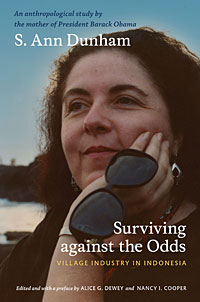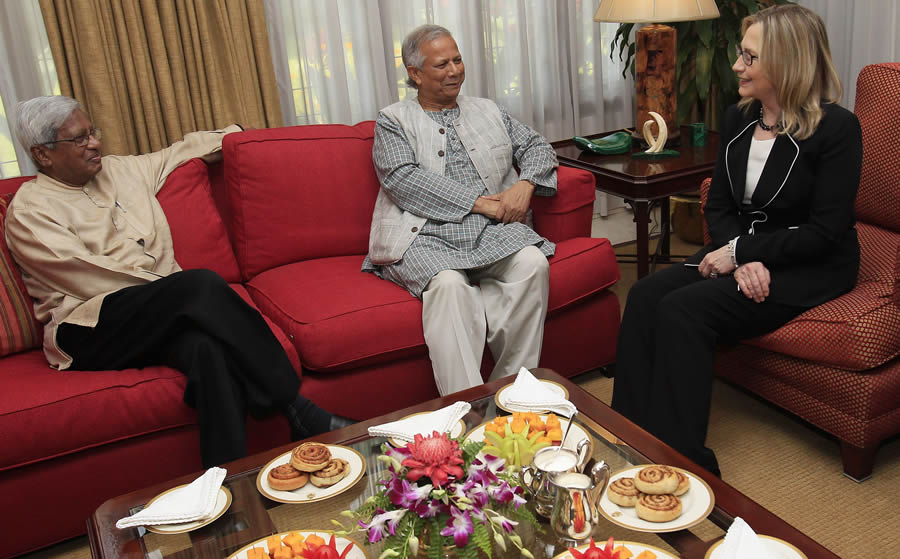Post-Sandy Hook Gun Laws to Reach Justices Days After Orlando Shooting
Second Circuit upheld Connecticut restrictions on military-style rifles. But justices haven’t shown a recent interest in gun cases.
NationalLawJournal: With the worst mass shooting in American history in the background, the U.S. Supreme Court on June 16 will take its first look at a challenge to Connecticut’s ban on military-style firearms. But as past actions show, the justices may have little interest in revisiting Second Amendment disputes, including the regulation of the AR-15-style weapon reportedly used in the Orlando shootings that killed at least 50 people at a night club.
Since its landmark 2008 ruling in District of Columbia v. Heller, the high court has declined numerous requests by gun rights advocates to examine the scope of protection for firearms—from concealed carry bans to open carry and guns on campus.
One possible reason? Lower courts have largely been uniform in upholding firearm restrictions. Jonathan Lowy, director of the Legal Action Project of the Brady Campaign to Prevent Gun Violence, told The National Law Journal last year that the circuit courts haven’t split on any significant issues.
In the Connecticut case, Shew v. Malloy, the Connecticut Citizens Defense League and others challenged a law the state passed in the aftermath of the 2012 mass killing of 20 children and six adults in Newtown, Connecticut. The shooter, Adam Lanza, fired 154 rounds in less than five minutes from an AR-15 military-style rifle.
The U.S. Court of Appeals for the Second Circuit upheld the challenged provisions in October.
The Supreme Court last year was presented a chance to take up a Chicago suburb’s assault-weapon ban. In December, the court, with justices Clarence Thomas and the late Antonin Scalia dissenting, denied review in Friedman v. City of Highland Park, Illinois. The decision left in place a Seventh Circuit ruling that upheld the city’s ban on assault weapons and large capacity magazines.
Highland Park defined an “assault weapon” as a semiautomatic firearm with one of five specific features and with the capacity to accept more than 10 rounds of ammunition. A large capacity magazine is an “ammunition feeding device with the capacity to accept more than 10 rounds,” according to the ordinance.
Thomas dissented from the denial of review. He said the Heller decision asks “whether the law bans types of firearms commonly used for a lawful purpose—regardless of whether alternatives exist. And Heller draws a distinction between such firearms and weapons specially adapted to unlawful uses and not in common use, such as sawed-off shotguns.”
Thomas said Highland Park’s ban “is thus highly suspect because it broadly prohibits common semiautomatic firearms used for lawful purposes. Roughly five million Americans own AR-style semiautomatic rifles. The overwhelming majority of citizens who own and use such rifles do so for lawful purposes, including self-defense and target shooting.”
California, Connecticut, New York, Maryland, Massachusetts, New Jersey and Hawaii, have bans similar to Highland Park’s law.
In June 2015, with Thomas and Scalia again dissenting, the justices declined to review Jackson v. City and County of San Francisco. The Ninth Circuit in that case upheld certain restrictions on handguns kept in the home.
The Ninth Circuit acted again on June 10 in Peruta v. County of San Diego, holding there is no Second Amendment right for private citizens to carry concealed weapons in public.
The Connecticut case that the justices have scheduled for their June 16 conference was filed by the Connecticut Citizens Defense League and others. They are represented by the same lawyers who brought the Illinois challenge—including David Thompson of Washington’s Cooper & Kirk.
Thompson argues the Supreme Court’s ruling in Heller applies to firearms “typically possessed by law-abiding citizens for lawful purposes.”
Under Heller’s reasoning, he said, “law-abiding citizens also must be permitted to use the arms at issue in this case, which include AR-15s, the nation’s most popular semi-automatic rifles.”
Opposing review, Connecticut Assistant Attorney General Maura Osborne argued: “There is no disagreement among the lower courts on the question in this case. Indeed, the lower courts that have fully and finally considered whether a state may prohibit access to assault weapons have universally concluded that states may do so.”
Maryland regulations under review
Gun rights advocates and their opponents are closely watching a Maryland case that could create a division among circuit courts.
On May 11, the full Fourth Circuit considered the constitutionality of Maryland’s ban on certain semiautomatic weapons. Maryland’s Firearm Safety Act, like Connecticut’s regulations, passed in the wake of the 2012 Newtown elementary school shootings. The law also prohibits magazines holding more than 10 rounds.
A three-judge panel in Kolbe v. Hogan ruled in February that the state ban imposed a “substantial” burden on the Second Amendment rights of law-abiding citizens. It vacated a district court decision that upheld the ban. The appellate panel directed the trial court to apply “strict scrutiny,” a high standard that requires the government to prove a restriction “furthers a compelling interest” and it not overly broad.
“Let’s be real: The assault weapons banned by Maryland’s [Firearm Safety Act] are exceptionally lethal weapons of war,” Fourth Circuit Judge Robert King wrote in a dissent that supported the trial judge. “In fact, the most popular of the prohibited semiautomatic rifles, the AR-15, functions almost identically to the military’s fully automatic M16.”
A decision by the full Fourth Circuit is pending.
Read More:
Thomas Objects as Justices Turn Away Challenge to Assault-Weapon Ban
A Liberal Court Could Limit Reach of ‘Heller’
Second Circuit Largely Upholds Weapon Restrictions in Connecticut, New York
Split Ninth Circuit Rejects Concealed Carry Right in Gun Case
Florida Supreme Court Takes On Open-Carry Case
The Long Push to Get Another High-Court Gun Ruling
In Wake of Oregon Shooting, Don’t Expect Gun Makers to Pay





